Charleston Currents #12.25 | May 4, 2020
WHALE OF A DEAL. On a balmy Wednesday afternoon near the intersection of Wappoo Road and St. Andrews Boulevard, the master carver Stephen Vadakin of Hollywood sanded the oak log he’s turning into a sculpture of a humpback whale. So far, he’s got about 300 hours invested in the project, which he says will take another month or two to finish.
Once complete, Vadakin wants to donate the carving to an area library to hang from a ceiling, much like a similar wooden whale he carved is in a museum on Cape Cod. The 4,000-pound oak log being turned into the carving came from a tree downed last year in a hurricane, he said. He salvaged it from a neighbor’s yard with the help of Ravenel Rental, he added. See more, including works in progress, on his Instagram, @stephen_t_vadakin__sculptures_ If you have a photo to share with readers, send it to: editor@charlestoncurrents.com. Charleston Currents photo.
TODAY’S FOCUS: West Ashley neighbors chip in to buy pizza for police, firefighters
COMMENTARY, Brack: Legislators wasted two months of 2020 session
IN THE SPOTLIGHT: Charleston Gaillard Center
NEWS BRIEFS: Corona — the beer, not the virus — on tap for May 5
FEEDBACK: Tree butchers still at it
MYSTERY PHOTO: Big water
CALENDAR: May 8 telethon to raise money for homeless hurt in pandemic
S.C. ENCYCLOPEDIA: Catawbas
Support local, independent journalism
We’re proud to offer Charleston Currents for free. For more than a dozen years, we’ve been the go-to place for insightful information and good news about the Lowcountry. And we love it as much as you do. But now, we can use your help. If you’ve been thinking of contributing to Charleston Currentsover the years, now would be a great time to contribute as we deal with the crisis. In advance, thank you.
— Andy Brack, editor and publisher
Neighbors chip in to buy pizza for police, firefighters
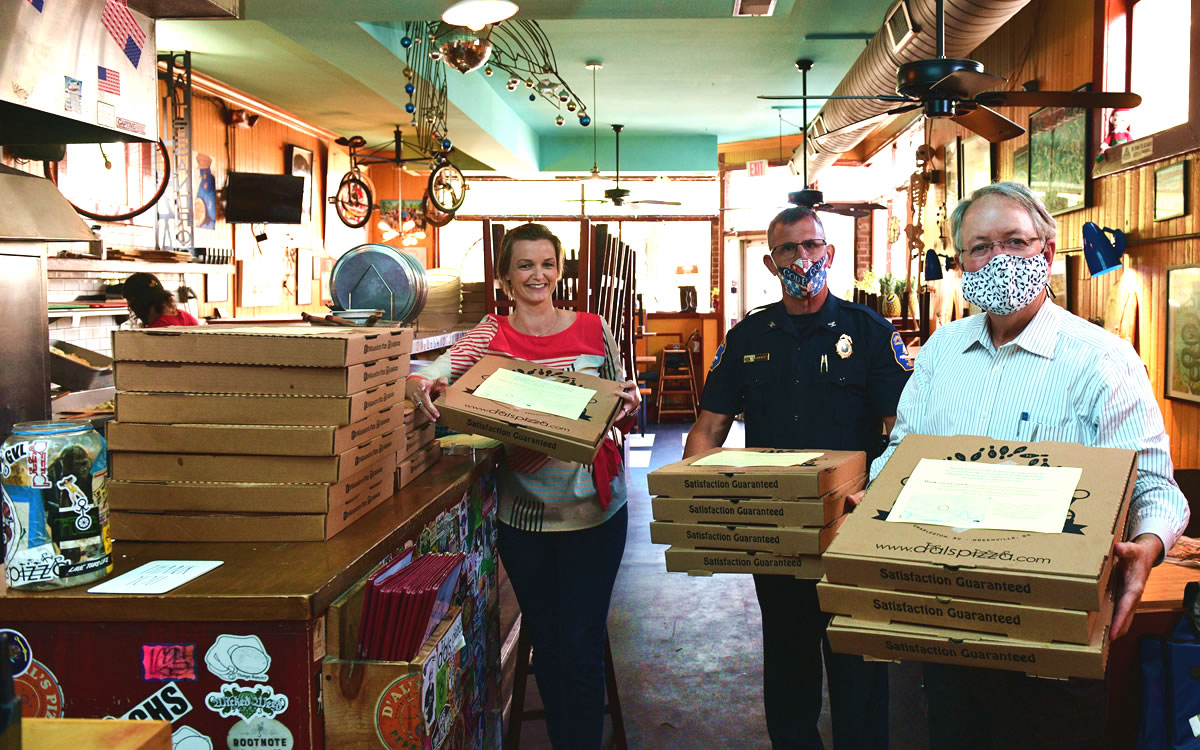
Wappoo Shores resident Julia Sauer, left, carries D’Allesandro’s pizzas with Police Chief Luther Reynolds and Mayor John Tecklenburg. Photos by Ruta Smith, Charleston City Paper.
Staff reports | Residents of the Wappoo Shores neighborhood in West Ashley collected more than $650 in the last two weeks to feed police, firefighters and first responders as a way of thanking them for their service.
Fueled by an additional in-kind donation by D’Allesandro’s Pizza in downtown Charleston, the neighbors bought 30 of the company’s pies for officers on Friday afternoon. They plan to deliver as many to West Ashley firefighters this week.
“We’re so grateful for the support,” said Charleston Police Chief Luther Reynolds, who jokes how pizza, or “Vitamin P,” is his favorite food. “This is yet another example of showing how much the community cares for us.”
Charleston Mayor John Tecklenburg was on hand for the pizza handoff of boxes of pepperoni and cheese pies from the St. Philip Street shop.
“I thank the residents of Wappoo Shores neighborhood, with the help of D’Allesandro’s, for being so thoughtful to our first responders on the front lines” during the coronavirus pandemic.
Julia Sauer, who coordinated the neighborhood’s effort, said she got the idea to give back to first responders because they routinely sacrifice their health to help people across Charleston.
“Thank you for putting your lives on the line,” she told Reynolds. Earlier in an email to families in the neighborhood off Savannah Highway, she wrote, “I am very grateful to be living in such a close-knit neighborhood and community where people care about each other and where help is not just a word without meaning but actually carries intention and actions.”
As more people stay home to deal with the coronavirus crisis, people are looking for things to do. You can find some fun things to do online in our calendar section below, but let us also encourage you to FORWARD your issue of Charleston Currents to your friends and encourage them to subscribe. It’s got a great price, as you know: Free! We hope they’ll enjoy our coverage.
BRACK: Legislators wasted two months of 2020 session
By Andy Brack, editor and publisher | With Americans burning up Zoom to conduct business meetings online and keep up with what’s happening in this year of an invisible enemy, you’ve got to wonder why state lawmakers mostly wasted the 2020 legislative session.
 By cutting class for two months due to the novel coronavirus, they missed big opportunities to deal with Santee Cooper’s future, state pension shortfalls, teacher pay, educational improvement, the problems of vaping, gun loopholes, opioids and tax reform. The list drags on.
By cutting class for two months due to the novel coronavirus, they missed big opportunities to deal with Santee Cooper’s future, state pension shortfalls, teacher pay, educational improvement, the problems of vaping, gun loopholes, opioids and tax reform. The list drags on.
Now we hear they’ll be back May 12, but the likelihood of much really getting done besides passing a budget roiled by coronavirus costs is next to nothing.
It shouldn’t have been this way. Technology offers a safe, transparent meeting platform that can be monitored by any citizen if aired on SCETV, just like regular meetings are.
In mid-March, members of the state House of Representatives went on an annual short furlough after passing a $9.8 billion state budget that included $1.8 billion in surpluses. The state Senate stopped gathering about the same time. Other than an April 8 meeting that failed to accomplish much of anything, they stayed home, thanks to a March 23 coronavirus executive order keeping three or more people from meeting at one time.
So what’s a legislature to do? It could have adapted technologically and plodded on. Surprised that it didn’t? In South Carolina?
Our state constitution outlines where the legislature is supposed to meet: “Each body shall sit in session at the State Capitol Building in the City of Columbia and may provide for meetings during the legislative session as it shall consider appropriate.”
But back in the late 1990s, lawmakers bypassed that constitutional requirement by meeting in the old Carolina Inn across the street from the capitol as it was undergoing a long renovation.
Former state Senate Clerk Frank Caggiano recalls there was no constitutional work-around to move across the street temporarily.
“We just did it,” he said. “If anything was passed, I am unaware of it.” And he should know because he was part of the management team of the project, which he said lasted 777 days.
“I don’t know what we could have passed, other than another constitutional amendment. I don’t believe the General Assembly could have passed anything to meet in another physical location.”
The constitution, in fact, includes a mechanism that provides a work-around for meeting locations: “If the casualties of war or contagious disease render it unsafe to meet at the seat of government, the Governor, by proclamation, may appoint a more secure and convenient place of meeting.”
Did you see that part about “contagious disease?” In a 2020 context, one could easily read the constitution as permitting safe meetings through the use of technology never envisioned when the state constitution was originally written back in 1895.
Or as Caggiano suggested, “Not to be cutesy about it, but if the technology and the equipment that hosted the [online] meeting were located physically in the Statehouse, one could argue you might be technically meeting the terms of the constitution.”
Bottom line: State lawmakers may not have to meet physically at the Statehouse to conduct business. But they obviously think they do, which conjures images of lots of stuffed shirts flanked by face masks and plastic gloves as the House and Senate chambers turn into something that looks like a bank robbers’ convention.
Senate President Harvey Peeler. R-Cherokee, and House Speaker Jay Lucas, R-Darlington, announced Thursday, “While the pandemic did not permit us to continue to meet as normal, the job of this legislature will not be left unfinished. Now, more than ever, the needs of the citizens of this state must be addressed and met.
“While the state pursues reopening, we must stand poised to get back to work. In order to do our work in a timely manner, it is imperative we work together as fellow legislators and fellow South Carolinians. Leadership in both chambers recognizes the importance of this partnership.”
Hold onto your hats. Let’s hope they don’t rush to judgment on two month’s of work set aside when it shouldn’t have been.
Andy Brack is the editor and publisher of Charleston Currents and Statehouse Report. He is publisher of the Charleston City Paper. Have a comment? Send to: editor@charlestoncurrents.com
Charleston Gaillard Center
 Charleston Gaillard Center provides the Lowcountry with a world-class performance hall, elegant venue space and vibrant educational opportunities that inspire dynamic community throughout the area through the power of the performing arts. The Center’s vision is to enrich the diverse community of Charleston with artistic and cultural experiences that are accessible and unique, and to serve as an educational resource for generations to come.
Charleston Gaillard Center provides the Lowcountry with a world-class performance hall, elegant venue space and vibrant educational opportunities that inspire dynamic community throughout the area through the power of the performing arts. The Center’s vision is to enrich the diverse community of Charleston with artistic and cultural experiences that are accessible and unique, and to serve as an educational resource for generations to come.
- Learn from home during a pandemic with the Gaillard’s educational resources.
Did you know that the Charleston Gaillard Center is a 501c3 non-profit that works with over 25,000 students each year from the tri-county area? Promoting education is one of the core values of the Charleston Gaillard Center and an integral part of our mission. By broadening the reach of arts-education in the Lowcountry the Gaillard Center encourages learning through the arts and serves as a powerful tool for student achievement and personal development while providing people of all ages with the opportunity to cultivate and grow their talents and appreciation for the arts. To learn more about our education initiative, click here: www.gaillardcenter.org/outreach.
For more information, click the links below:
- Buy tickets and see our great events
- Become a member today
- Plan your event at the Charleston Gaillard Center
- Learn about our education and community programs
- Contact the Gaillard Center.
- To meet all of our underwriters, click here.
Corona — the beer, not the virus — on tap for May 5
Staff reports | You remember why you’re planning to celebrate on May 5, right? It’s Cinco de Mayo, surely etched into your memory as the 158th anniversary of the Battle of Puebla in which Mexican forces turned back French troops on May 5, 1862. More than 250 soldiers died on the day in what later morphed into a holiday celebrating Mexican heritage.
While Charlestonians would normally be headed out to celebrate with some Mexican food and a few drinks, the pandemic makes things a little tougher. But businesses across Charleston have gotten a little creative on what you can purchase to celebrate Cinco de Mayo at home.
- Here are some local places to help you make your Margarita Tuesday fun at home, as highlighted by our sister publication, the Charleston City Paper.
In other recent news:
![]() Most city parks open again. City officials have reopened most community parks, although no group activities such as picnics or exercise classes, or contact sports are allowed. City of Charleston director of Parks Jason Kronsberg said in a statement, “City staff will be out in parks acting as ambassadors and ensuring that everyone is following rules of social distancing. There will be no large groups allowed to gather and socialize. Citizens using the parks will need to continue to move along and not stay in one area.” County officials have reopened Lauren Hill County Park in Mount Pleasant, Meggett County Park, North Charleston Wannamaker North Trail and Stono River County Park.
Most city parks open again. City officials have reopened most community parks, although no group activities such as picnics or exercise classes, or contact sports are allowed. City of Charleston director of Parks Jason Kronsberg said in a statement, “City staff will be out in parks acting as ambassadors and ensuring that everyone is following rules of social distancing. There will be no large groups allowed to gather and socialize. Citizens using the parks will need to continue to move along and not stay in one area.” County officials have reopened Lauren Hill County Park in Mount Pleasant, Meggett County Park, North Charleston Wannamaker North Trail and Stono River County Park.
Giving Tuesday. May 5 is being recognized around the globe as a day of unity in response to COVID-19 to give to nonprofits to unleash the power of people and organizations to make transformational changes in their communities. To find area nonprofits, click here. If you’d rather support independent, but for-profit, local journalism, click here.
More remote work ahead. Nearly one-in-three workers in South Carolina are now working from home, according to the Friday issue of Statehouse Report. It’s a dramatic change that will have big consequences: As the state begins allowing in-person businesses to operate in the coming weeks, public and private employees may continue with work-from-home options, either to maintain social distancing or because it lowers overhead. Correspondent Lindsey Street explains how the marked wholesale increase in working from home in the state has also affected the state’s use of roads, electricity and buildings. Read more.
House, Senate to convene. The legislature is readying to convene for the first time since April 8, and just three work days before the official end of session. The House and Senate have plans to meet in-person beginning noon May 12, just days before the May 14 end of session, according to a statement from the House Speaker’s office. The House will meet each of the three days leading up to the deadline, according to House Clerk Charles Reid in a Thursday email to House members.
South Carolina could see new version of famous state flag. A new report is giving guidance to state lawmakers to codify the state flag. The last time South Carolina had an official state flag, it was repealed in 1940. For 80 years, the state’s flag has been up to interpretation by flag manufacturers. “South Carolina’s state flag has been voted one of the most beautiful. It’s beautiful for its simplicity. It’s always been high in the ranking for vexillologists,” said S.C. Department of Archives and History Director Dr. Eric Emerson, who chaired the committee that wrote the report. “This one thing that represents us more than anything else should be codified.” Like the repealed 1910 version, the latest version is based on a pencil sketch by Ellen Heyward Jervey of Charleston. Read the report here.
Bring your own pen for in-person absentee voting. State election officials said South Carolinians can begin absentee voting Monday, and that they recommend voters bring their own pens to sign in. Election officials told Statehouse Report they expect record absentee voting. South Carolina allows more than a dozen reasons to vote absentee, including having to work on election day and being over the age of 65. Avoiding a virus is not one of the reasons allowed. Read more about absentee voting here, including a list of all allowed reasons for voting absentee.
- Have a comment? Send to: editor@charlestoncurrents.com
Tree butchers still at it
To the editor:
![]() I found your article: PSC needs to investigate tree butchery, August 2019, while researching practices by Dominion [Energy] after Lewis Tree Service hacked their way through my live oak. I contacted my district county council representative who explained the following: “Dominion/SCE&G franchise agreement allows the company essentially carte blanche to trim to contractual specifications.”
I found your article: PSC needs to investigate tree butchery, August 2019, while researching practices by Dominion [Energy] after Lewis Tree Service hacked their way through my live oak. I contacted my district county council representative who explained the following: “Dominion/SCE&G franchise agreement allows the company essentially carte blanche to trim to contractual specifications.”
The Lewis crew told my neighbor when he questioned them that the current guideline is 10 feet. I plan to follow up with my county councilman with additional questions, most importantly- who negotiated this current agreement with dominion? Apparently it is binding until 2024.
I also plan to contact PSC with my concerns and photos. Thanks for your informative article and recommendations.
— Laura Whitley, Charleston
Got something to say? Let us know by mail or email
We’d love to get your impact in one or more ways:
Send us a letter: We love hearing from readers. Comments are limited to 250 words or less. Please include your name and contact information. Send your letters to: editor@charlestoncurrents.com. | Read our feedback policy.
Tell us what you love about the Lowcountry. Send a short comment – 100 words to 150 words – that describes something you really enjoy about the Lowcountry. It can be big or small. It can be a place, a thing or something you see. It might be the bakery where you get a morning croissant or a business or government entity doing a good job. We’ll highlight your entry in a coming issue of Charleston Currents. We look forward to hearing from you.
Big water
Here’s a beautiful scene, but where is all of this water? Send your best guess to editor@charlestoncurrents.com. And don’t forget to include your name and the town in which you live.
 Our previous mystery, “Pretty little church,” pictured Grace Episcopal Church in the Charleston County fishing hamlet of Rockville. Congratulations to these astute sleuths: George Graf of Palmyra, Va.; Lese Corrigan and Legare Clement, both of Charleston; Cheryl Smithem of Summerville; Chris Brooks of Mount Pleasant; Bill Segars of Hartsville; Jay Altman of Columbia; Allan Peel of San Antonio, Texas; and Marnie Huger of Richmond, Va.
Our previous mystery, “Pretty little church,” pictured Grace Episcopal Church in the Charleston County fishing hamlet of Rockville. Congratulations to these astute sleuths: George Graf of Palmyra, Va.; Lese Corrigan and Legare Clement, both of Charleston; Cheryl Smithem of Summerville; Chris Brooks of Mount Pleasant; Bill Segars of Hartsville; Jay Altman of Columbia; Allan Peel of San Antonio, Texas; and Marnie Huger of Richmond, Va.
Graf shared, “Originally called Church on the Rock, the chapel was built in the late 1830s to serve Wadmalaw plantation owners who spent their summers in Rockville to escape the heat and threat of malaria. Unlike many nearby churches, Grace Episcopal was spared during the Civil War. The chapel is part of St. Johns Parish and is included in the Rockville Historic District, which was added to the National Register of Historic Places in 1972.”
Segars added, “The altar’s stained glass window is a signed Tiffany window depicting Christ walking on water, given in memory of Reverend and Mrs. Joseph LaRoche. There is a match to this window in the church at the U. S. Naval Academy in Annapolis Maryland.”
- Send us a mystery: If you have a photo that you believe will stump readers, send it along (but make sure to tell us what it is because it may stump us too!) Send it along to editor@charlestoncurrents.com.
May 8 telethon to raise money for homeless
 Staff reports | Charlton Singleton, Shovels & Rope, Manny Houston, Lee Barbour, Kanika Moore and other artists will perform May 8 at a telethon to pay for services that benefit people transitioning out of homelessness. The event will run on a variety of local media outlets.
Staff reports | Charlton Singleton, Shovels & Rope, Manny Houston, Lee Barbour, Kanika Moore and other artists will perform May 8 at a telethon to pay for services that benefit people transitioning out of homelessness. The event will run on a variety of local media outlets.
The Homeless to Hope Benefit Telethon starts at noon May 8 and will operate until 8 p.m. It will raise money to benefit the Homeless to Hope Fund. Donations from the event, hosted by the Mayor’s Commission on Homelessness and Affordable Housing, will go to the Navigation Center, a resource center for people experiencing homelessness.
The Homeless to Hope Fund began life in 2016 to assist homeless individuals and families throughout Charleston, Summerville, North Charleston and Mount Pleasant. In 2018, the Homeless to Hope Benefit Concert began as a way to raise support for the foundation every year. While a traditional benefit concert was originally planned for 2020, the COVID-19 pandemic pushed the concert to different avenues.
God’s Hot Dog Ministry, a free service that provides warm meals to the homeless, and Hope to Home Furniture Resource, a furniture provider for individuals that have recently secured a place to live, will be honored with the 2020 Homeless to Hope Award.
An estimated 4,172 people are homeless in South Carolina, the U.S. Interagency Council on Homelessness reported in 2019. Over 12,000 students experienced homelessness over the course of the 2017-218 school year.
What to do today: Art around the world
![]() There’s a whole virtual world out there to find and enjoy. Some good ones:
There’s a whole virtual world out there to find and enjoy. Some good ones:
- LONDON: British Museum, which has mummies and lots of treasures;
- LONDON: Tate Modern, which has lots of neat exhibitions.
- NEW YORK: Metropolitan Museum of Art, with collections of 5,000 years of art.
- NEW YORK: Solomon R. Guggenheim Museum with its dazzling displays of modernism.
- More. You can visit 500 museums across the world online through this Google amalgamation of sites.
Local attractions:
- Charleston Museum. “The Charleston Museum and its Historic Houses will have a variety of content, lessons, videos, and virtual tours during this uncertain time. More online.
- Gibbes Museum. You can enjoy lots of local art offerings through the website and social media accounts of the Gibbes Museum. AT 10 a.m. on weekdays, the museum posts virtual readings and workshops on Facebook. Find more online.
- Brookgreen Gardens. The Murrells Inlet gardens have a new set of activities, #BrookgreenAtHome, that you can do, well, from home. The staff offers materials, directions and examples. Post to social media with the tag when done.
- Avian Conservation Center. Access videos and live streaming presentations online to learn about what’s going on at the Center for Birds of Prey.
Virtual tours: Bulldog Tours is providing virtual tours of the city of Charleston daily at 2 p.m., according to sister publication Charleston City Paper. So far, tours have been to Washington Square, Fort Lamar and the old City Jail. Learn more.
Plugged In To History. Middleton Place offers this new digital content portal that offers streamed content on living history, heritage breeds, crafts and even past drinks and social practices (appropriately on Friday at 5 p.m.). More.
Online wellness: You can also get fit online through virtual fitness classes that offer workouts, meditations and more. Check out this City Paper post of what area studios are offering.
Online jazz: Forte Jazz Lounge in downtown Charleston is offering music enthusiasts the chance to watch live shows online through virtual ticketing with suggested donations of $10. The feed starts about 15 minutes before shows. When the virus scare is done, all donors will be invited to a big party blowout at the club with the Joe Clarke Big Band. Learn more.
Aquarium online. The S.C. Aquarium is expected to offer a daily Nature Challenge, a virtual “Passport to Fun” and a “Moment of Zen” starting this week online. It also offers daily education classes at 10 a.m. and 2 p.m., Monday to Friday, via its virtual network. Learn more.
- Read here to learn more about the Aquarium’s new Solo Sweep Challenge litter clean-up effort.
- If you have any online events, drop us a line (editor@charlestoncurrents.com) and make sure to put “Online event” in the subject line. Similarly, if you’ve got cool ideas for stuff to do while in isolation at home, send them our way.
Catawbas at the 1913 Rock Hill Corn Exhibition. Source: Wikimedia
https://commons.wikimedia.org/wiki/File:Catawba_1913.jpg
Catawbas
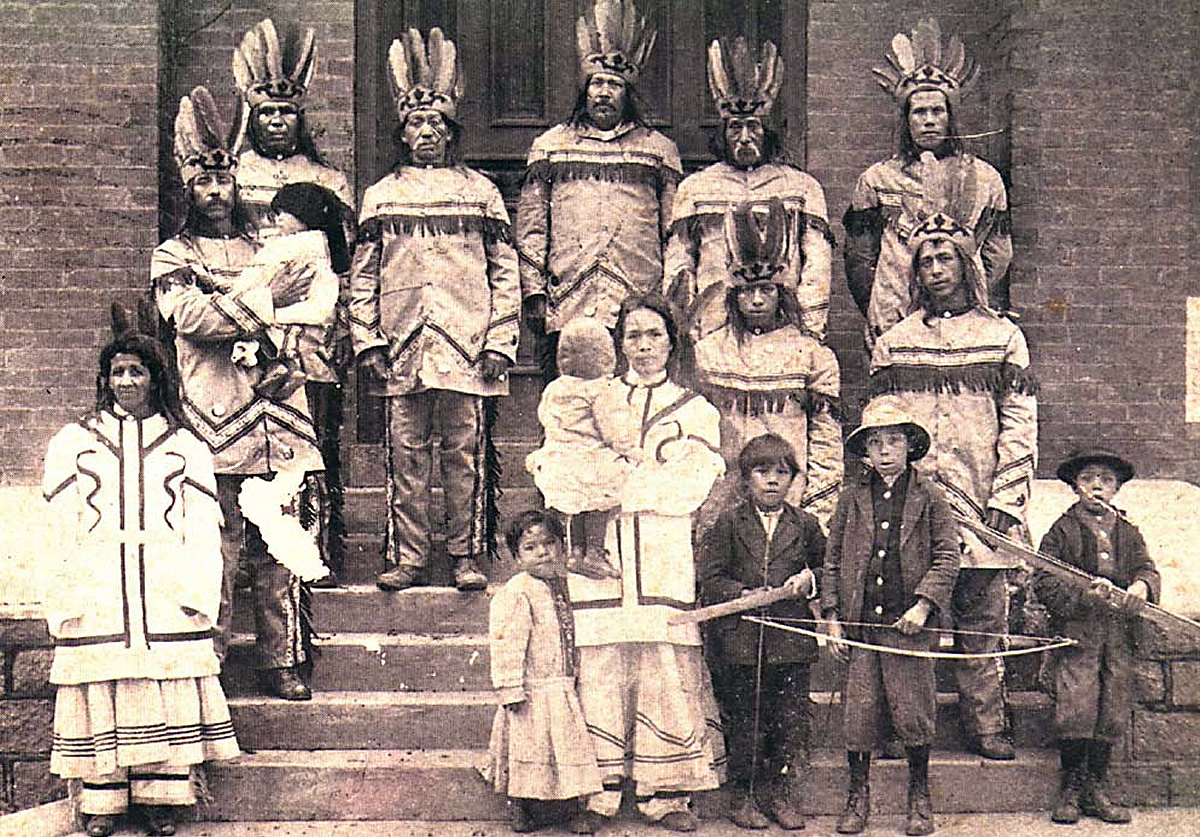
Catawbas at the 1913 Rock Hill Corn Exhibition. Source: Wikimedia
Catawba legend relates that the tribe arrived in South Carolina, near present-day Fort Mill, from the north a few hundred years before European contact. The first recorded contact with these people was by Hernando de Soto in 1540. There is no known origin for the name Catawba, as the members called themselves “Ye Iswa,” meaning “the people of the river,” but the name was in common usage by the beginning of the eighteenth century. The Catawbas were ferocious warriors feared not only by neighboring tribes but also by Indian nations to the north. For years the Catawbas and the nations of the Iroquois Confederation had traveled back and forth along the Appalachian trails to raid each other’s towns. However, when the British arrived, the Catawbas befriended their new neighbors, and a strong trade alliance began. That alliance led the Catawbas to fight alongside the British in the French and Indian War and the Cherokee War. Despite this history of alliance with the British, however, the Catawbas supported the patriot cause during the Revolutionary War. In return for their alliance in the French and Indian War, King George III in the 1763 Treaty of Augusta ceded the Catawba tribe of South Carolina a tract of land “fifteen miles square” comprising approximately 144,000 acres.
European settlers began moving onto the Catawba reservation sometime before the Revolutionary War. One of the first European settlers among the Catawbas was Thomas “Kanawha” Spratt II, who settled on the land near present-day Fort Mill about 1761. Though Spratt got along well with his Catawba neighbors, he soon began selling parcels of land that he had leased from the Catawbas. Within a few years, almost all of the most fertile tracts within the reservation had been leased to English colonists. In 1782 the Catawbas petitioned Congress to secure their land so that it would not be “Intruded into by force, nor alienated even with their own consent.” Not wanting to deal with the tribe, Congress the following year passed a resolution stating that the British title over the Catawba Nation had passed into the hands of South Carolina. Congress recommended that South Carolina “take such measures for the satisfaction and security of the said tribe as the said legislature shall, in their wisdom, think fit.” Thus, the Catawba Nation became the beneficiary of a trust relationship with the state of South Carolina rather than with the United States.
Settlers continued to invade Catawba lands. By the early 1800s virtually all of their remaining land had been leased out. The non Indian leaseholders worried about the permanence of their leases, so in 1838 Governor Patrick Noble authorized commissioners to enter into negotiations with the Catawbas for the sale of their land. The Catawbas were willing to part with full title if the state provided enough money for land acquisition near the Cherokees in North Carolina. In 1840 the Catawba Nation and the state of South Carolina entered into the Treaty of Nation Ford, which provided that the Catawbas would cede the land granted to them under the Treaty of Augusta in 1763 in return for a tract of land of approximately three hundred acres in North Carolina; if no such tract could be procured to their satisfaction, they were to be given $5,000 by the state. The commissioners further promised that the state would pay the Catawbas $2,500 at or immediately after the time of their removal and $1,500 each year thereafter for the space of nine years.
Unfortunately, in its haste to remove the Catawbas, South Carolina had neglected to secure North Carolina’s permission to have the Catawbas moved to the Cherokee reservation. When the permission was belatedly requested, North Carolina refused. Some Catawbas journeyed to the Cherokee reservation and did reside there for a time; however, old tribal jealousies and the stress suffered by the remaining Cherokees as a result of the Trail of Tears tragedy prevented them from making a permanent home with the Cherokees. Eventually most of the Catawbas found themselves back on their former soil but without land or money. The settlement of $2,500 and the annual payment of $1,500 promised them under the 1840 treaty were withheld by the state because the Catawbas had returned to the ceded land. The plight of the Catawbas led the South Carolina Indian agent Joseph White in 1843 to secure for them a tract of 630 acres near the center of the “Old Reservation.”
South Carolina and the United States continued to try to rid themselves of the “Catawba problem.” Congress appropriated money in 1848 and again in 1854 in an effort to remove the Catawbas west of the Mississippi. Conflict between South Carolina and the tribe over the provisions of the Treaty of Nation Ford continued until 1905, when the Catawbas launched a legal battle to recover their lands.
The Catawba tribe, unlike many eastern bands, was able to maintain its internal cohesiveness and social identity throughout the nineteenth century despite the lack of federal or state protection. In 1911 Charles Davis of the Bureau of Indian Affairs reported that, in his opinion, the four leading factors in maintaining tribal identity were size, tribal organization, religion, and character. The tribe was small at that time, consisting of only ninety-seven individuals recognized by South Carolina as living on or near the Catawba reservation. Since the tribe had not intermarried much with their white neighbors and virtually not at all with their black neighbors, according to one observer, “[t]he large majority are so nearly full blood as to retain the Indian characteristics, and by reason thereof they have retained their tribal life and organization.” During the twentieth century there was more intermarriage with non-Indians, which affected the physical characteristics of the tribal members but not their Indian status. Because the Catawba membership rolls have been based on “descendancy” rather than “blood quantum,” as found among the western tribes, intermarriage with non-Indians did not affect the legally recognized Indian status of the Catawba children.
Religion also affected internal cohesion. Most members of the Catawba tribe converted to the Mormon religion in the 1880s, and as late as the 1950s the majority of the tribe still affiliated with the Mormon Church. The double minority status of tribal members (race and religion) tended to bind them together against the outside world. In the bipolar racial world of South Carolina during the era of segregation, Catawba Indians felt themselves ostracized, not considering themselves “black” but not being accepted as “white” (South Carolina census takers in the early twentieth century listed Catawba Indians as “black” because they had no category for Indian). As Mormons among a population of Baptists, Methodists, and Episcopalians, the Catawbas were further marginalized. Ironi- cally, it was this isolation and marginalization that helped to insure the tribal identity of the Catawbas. Banned from attending the white schools and refusing to attend the black schools, the Catawbas erected, with the help of the Mormon Church, a school on the reservation, another factor that helped retain their community.
In 1934 the South Carolina General Assembly passed a resolution recommending that the care and maintenance of the Catawba Indians should be transferred to the United States government. However, it was not until 1943 that a Memorandum of Understanding was signed between the tribe, the state, and the U.S. Department of the Interior. South Carolina acquired 3,434 acres of farmland for a federal reservation and conveyed it to the department secretary. The tribe adopted a constitution under the Indian Reorganization Act, and the federal government assumed its trust responsibility over tribal affairs.
Federal recognition of the Catawbas was short-lived. In keeping with the federal government’s overall termination philosophy instituted in 1953, both federal and state authorities approached the Catawbas in 1958 with a proposal for termination. The Bureau of Indian Affairs assured the Catawbas that their long-standing land claim against the state of South Carolina based on the Treaty of Augusta and the Treaty of Nation Ford (which still had not been resolved) would be unaffected by the termination. In 1962 the federal trust relationship between the United States and the Catawba tribe was terminated, and the 3,434-acre federal reservation was divided up and distributed to tribal members. South Carolina continued to hold the 640-acre tract from the 1840 treaty in trust for the tribe. At the time of termination there were 631 enrolled tribal members.
The activism of the American Indian Movement (AIM) in the early 1970s served to reignite the determination of the Catawbas— and many other tribes—to reinstitute their land claim. The tribe contacted the Native American Rights Fund (NARF), and in 1976 papers were filed with the Department of the Interior to recover the land recognized under the 1763 Treaty of Augusta. Negotiations were proceeding between the tribe, the state, and the federal government until protests to those negotiations came from non-Indian landowners and nonresident tribal members who wanted to join in the action in hopes of securing land, benefits, or both. Negotiations stalled, and an impasse continued until 1980 when the Catawbas filed suit in federal district court to recover possession of the 1763 treaty reservation.
After a decade in the courts, the Fourth Circuit Court found in 1989 that there was still some standing for the claim. That ruling made it possible for the Catawba tribe to institute land claims, not only against South Carolina but also against an estimated 61,000 landowners. At this point Congressman John Spratt (a descendant of Thomas “Kanawha” Spratt), Governor Carroll Campbell, and Secretary of the Interior Manuel Lujan expressed their interest in a negotiated settlement. Negotiations began again in 1990. In Congress on January 5, 1993, Spratt introduced the Catawba Indian Tribe of South Carolina Land Claims Settlement Act of 1993. Congress passed the act that summer, and the final agreement was signed by Governor Campbell on November 29, 1994, at the Catawba reservation. (The tribe had already voted on February 20, 1993, by a margin of 289 to 42 to accept the settlement.)
The settlement provided that the Catawbas would once again become a federally recognized tribe. An amount of $50 million would be put into trust funds for land acquisition, economic development, education, social services, and elderly assistance. The tribe was given ten years to expand the existing reservation to 3,600 acres. Tribal jurisdiction was recognized over basic governmental powers, including zoning, misdemeanors, business regulation, taxation, and membership, but South Carolina reserved the right to continue to exercise criminal jurisdiction on the reservation.
At the dawn of the twenty-first century, the Catawba Nation continued to be a strong and forceful voice for the rights of Native Americans. The noble heritage of this ancient people is being reinvigorated through cultural awareness, particularly relating to pottery making, and through the education of the children in the traditional language and customs of the people.
— Excerpted from an entry by Anne M. McCulloch. This entry may not have been updated since 2006. To read more about this or 2,000 other entries about South Carolina, check out The South Carolina Encyclopedia, published in 2006 by USC Press. (Information used by permission.)
If you like what you’ve been reading, how about considering a contribution so that we can continue to provide you with good news about Charleston and the Lowcountry. Interested? Just click the image below.
OUR UNDERWRITERS
Charleston Currents is an underwriter-supported weekly online journal of good news about the Charleston area and Lowcountry of South Carolina.
- Meet our underwriters
- To learn more about how your organization or business can benefit, click here to contact us. Or give us a holler on the phone at: 843.670.3996.
OUR TEAM
Charleston Currents offers insightful community comment and good news on events each week. It cuts through the information clutter to offer the best of what’s happening locally.
- Mailing address: 1316 Rutledge Avenue | Charleston, SC 29403
- Phone: 843.670.3996
Charleston Currents is provided to you weekly by:
- Editor and publisher: Andy Brack, 843.670.3996
- Contributing editor, common good, Fred Palm
- Contributing editor, money: Kyra Morris
- Contributing editor, Palmetto Poem: Marjory Wentworth
- Contributing editor, real estate: Digit Matheny
- Contributing photographer: Rob Byko
SUBSCRIBE FOR FREE
Subscriptions to Charleston Currents are free.
- Click here to subscribe.
- Unsubscribe. We don’t want to lose you as a reader of Charleston Currents, but if you must unsubscribe, you will have to do it through the email edition you receive. Just go to the bottom of any of your weekly newsletters and click the “unsubscribe” function. If that doesn’t work, please send us an email with the word “unsubscribe” in the subject line.
- © 2008-2020, City Paper Publishing, LLC. All rights reserved. Charleston Currents is published every Monday by City Paper Publishing LLC, 1316 Rutledge Ave., Charleston, SC 29403.


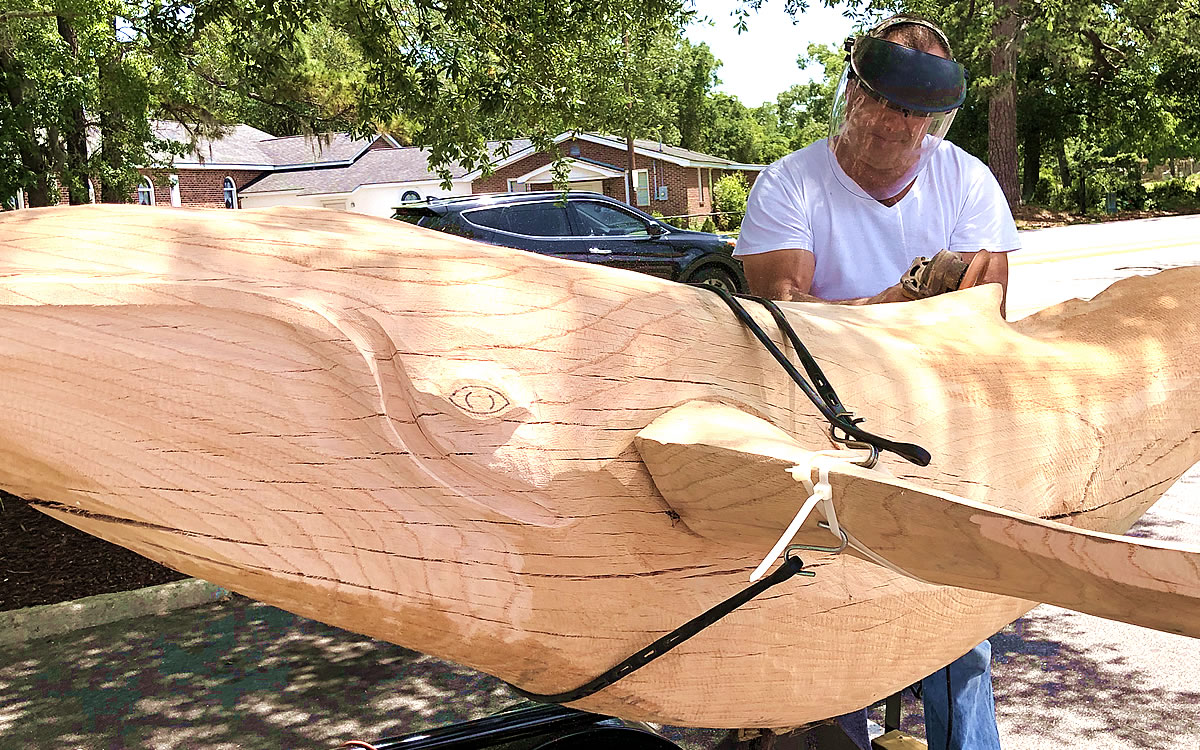

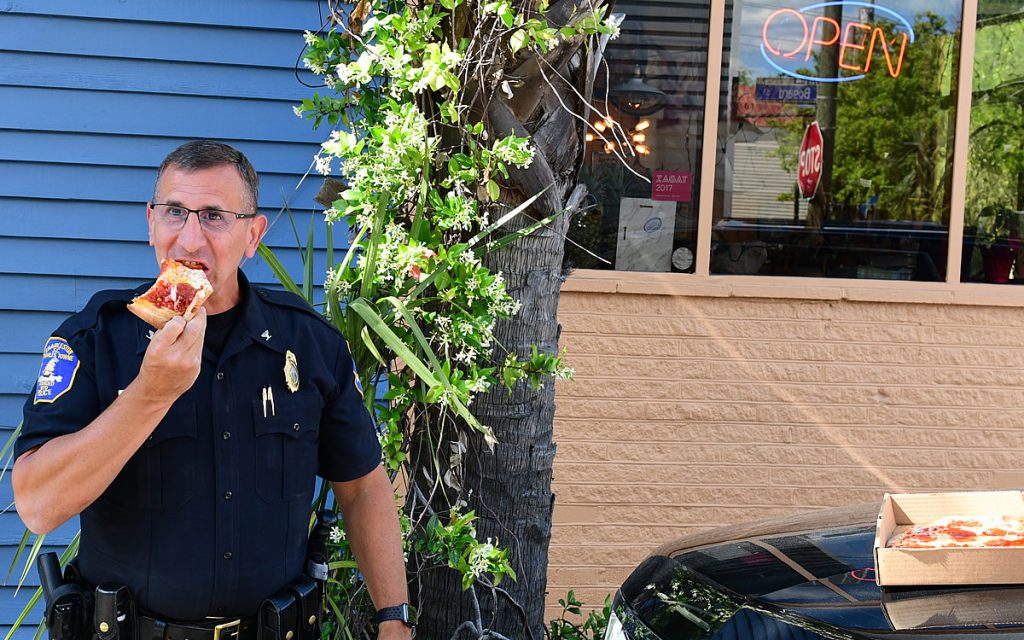

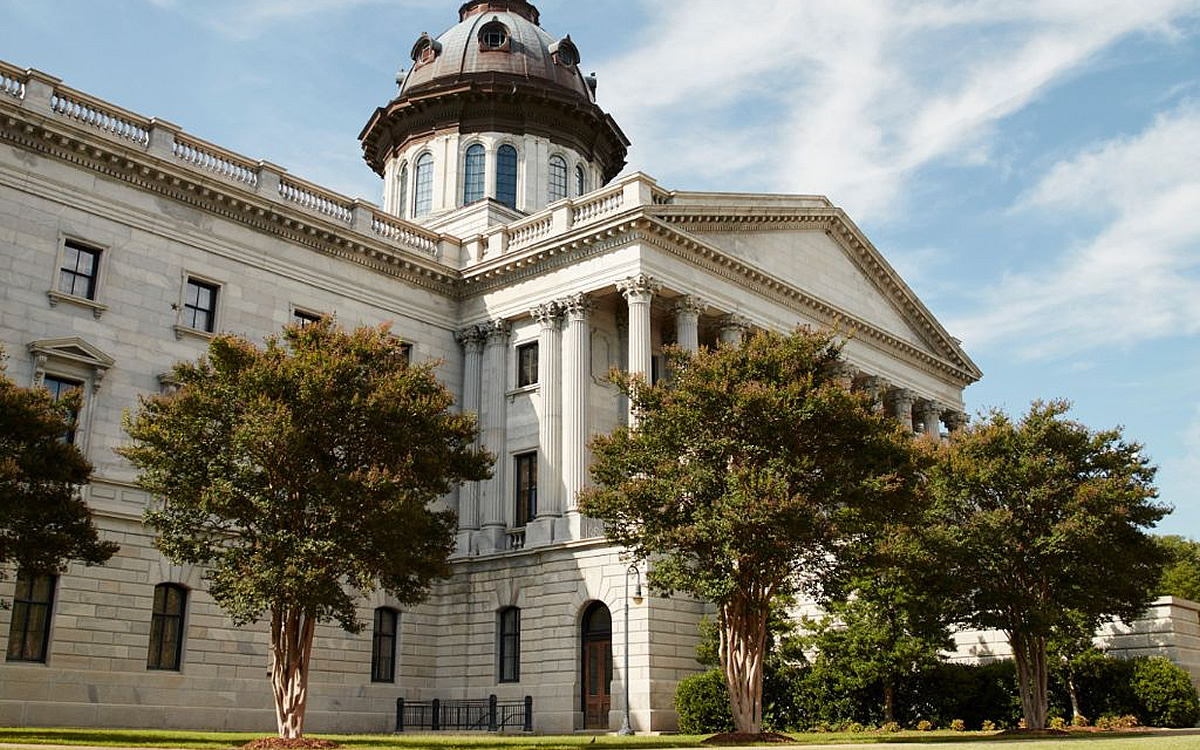
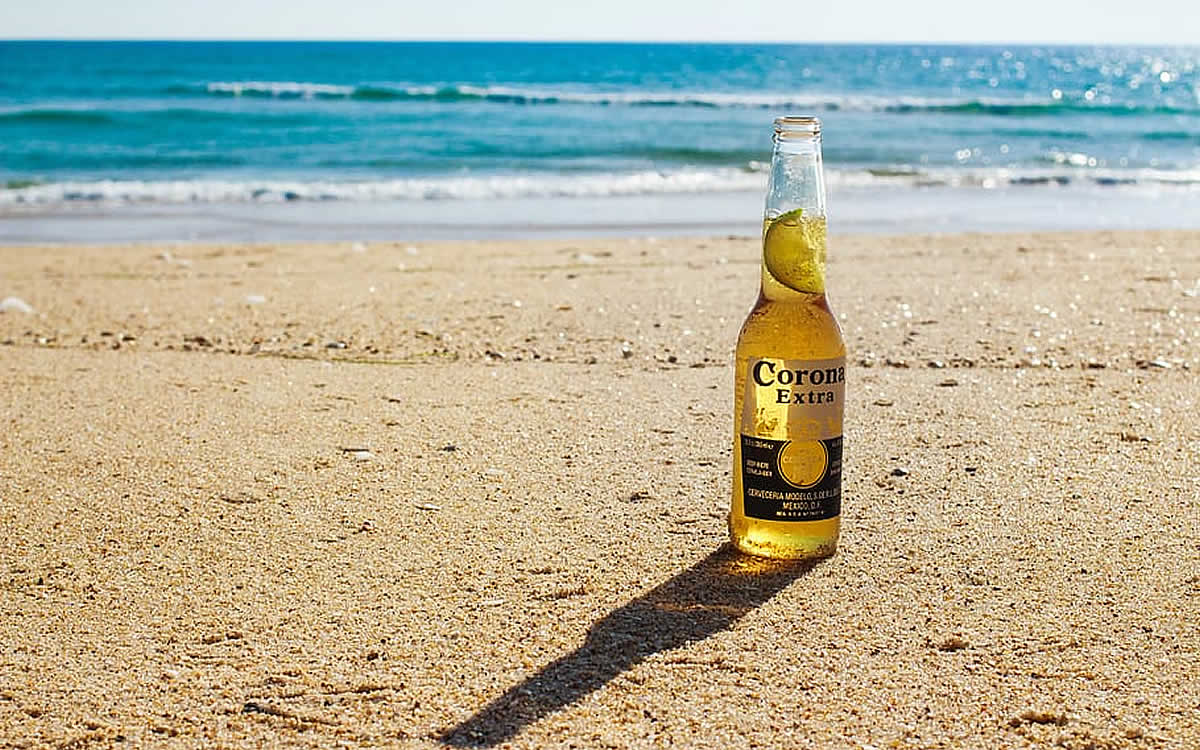
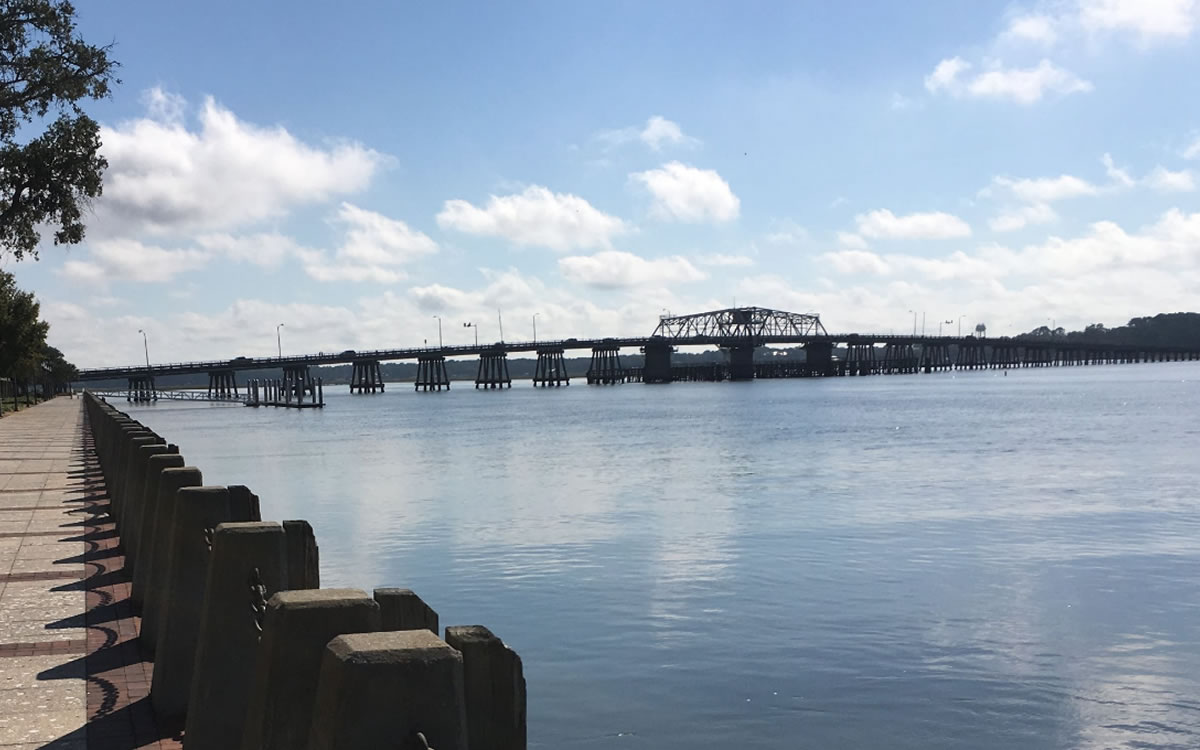

 We Can Do Better, South Carolina!
We Can Do Better, South Carolina!
























